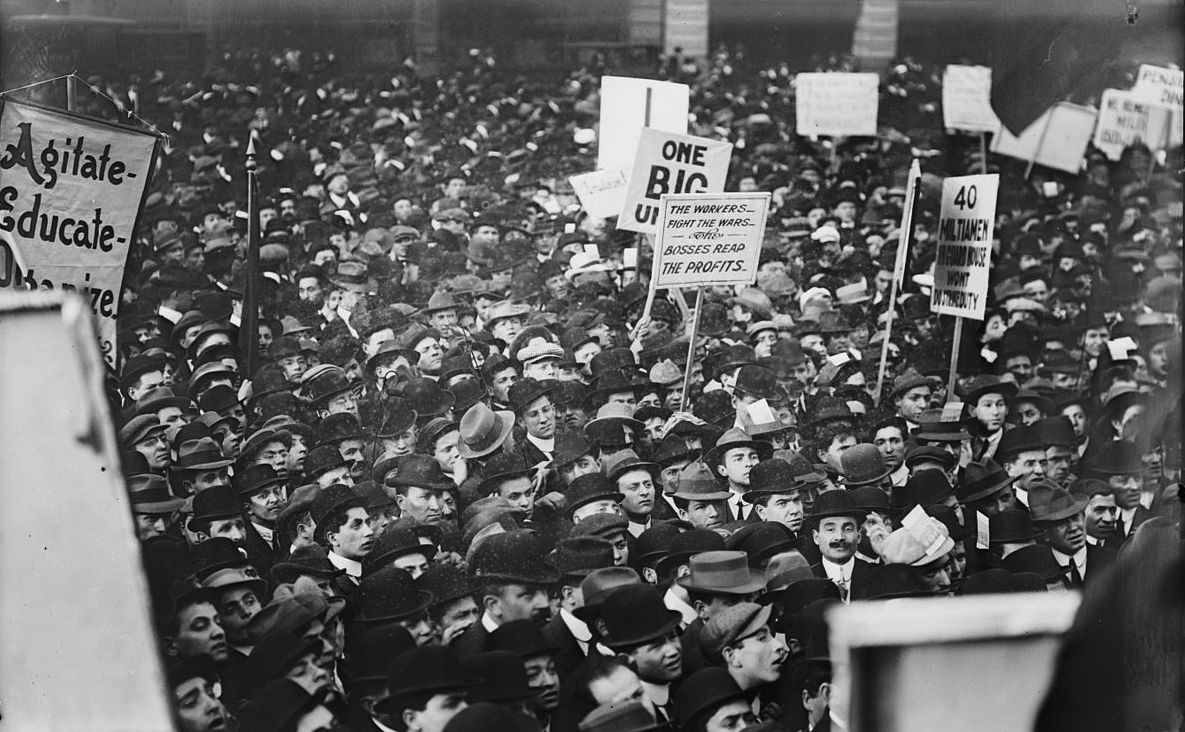A fundamental shift in Canadian politics occurred at the end of the 1970s when governments turned away from boosting employment to blaming wage hikes for price increases.
The fight against inflation brought nothing but bad news for the working class.
Not only were wages and employment security under attack, diminished support from parties of the left soon became the norm for the working class as the anti-inflation forces won the day politically.
In his recent memoir The Fire and the Ashes, Andrew Jackson describes a mid-1990s memo from deputy finance minister David Dodge to finance minister Paul Martin. Dodge pointed out that in the late 1980s unemployment was low and wages were rising, and pronounces that the situation cannot be allowed to continue!
The department of finance had thrown its weight behind the corporate perspective that wages were costs to be kept down, rather than the workers’ perspective that wage increase represented income that needed to grow.
Aiming to reduce wages, finance advised minister Martin to weaken access by Canadians to unemployment insurance and the social safety net, forcing people to work for low wages.
In his 1995 budget Paul Martin abolished the Canada Assistance Plan; it paid one-half the cost of welfare payments, so long as the provinces promised to assist all who applied for financial support.
While political parties generally emerged from the parliamentary assembly as members coalesced to adopt their legislation, left parties grew out of social movements that wanted to elect their own representatives.
The socialist movement was built around the idea that profits were created because owners paid workers less than workers produced.
A socialist economy was needed to meet people’s needs instead of owners’ profits. To achieve socialism — an economic project — workers needed a political party.
When the 1930s Depression announced serious problems with the profit-driven economy, socialism became a viable option and support for left parties grew.
By the 1950s, the need for full employment and its role in increasing wages was widely recognized by governments, whether of the left or more traditionally aligned. Socialist ideas receded from sight, and left political parties became less distinct from their “centrist” competitors.
It is instructive that in the postwar era the department of finance played a leadership role in building the Canadian Keynesian welfare state.
The finance deputy was Ken Taylor, an adherent of the League for Social Reconstruction, a left intellectual grouping instrumental in the drafting of the Regina Manifesto, the mission statement of the Co-operative Commonwealth Federation (CCF).
Taylor was followed by Robert Bryce, a member of the socialist club at Cambridge, where he studied economics with Keynes. Bryce was somewhat more than just another Keynesian. Keynes wrote to him thanking him for sharing a paper Bryce had given: “you have understood my thinking better than I have myself.”
A growing economy in the Keynesian welfare state period (1946-71) was a tribute to the department of finance as government spending measures boosted incomes.
With relative economic prosperity on the horizon, the need for socialism became less evident. Parties of the left became more anxious to hold office than to transform society.
Today while the world faces growing inequalities, environmental destruction, and rapid climate change, members of the working class, abandoned by their representatives and attacked by governments, have joined the right-wing populist insurrection in alarming numbers.
Without the working class where are the agents of progressive social change? In his latest work, French economist Thomas Piketty points out that support for parties of the left now comes from the more educated strata of society.
How to organize and mobilize the highly educated seems less than obvious.
Within the context of corporate control over the political process, the women’s movement has been the most powerful social force operating outside the mainstream, and could be expected to be a source of support for an alternative agenda.
The reality is that political parties of the left have to re-invent themselves as anti-capitalist formations. Issues of inequality, environmental degradation and rapid climate can all be traced back to how we produce goods and services and exploit resources.
The exploitation of labour, followed by its impoverishment may be the primary contradiction of capitalism; but the secondary contradiction — destruction of nature — may be more pertinent as a basis for building support for a left agenda.
Left political parties have to reinvent themselves. Ideas for change need to be central to what they do. There is no point in waiting for an election to campaign on the issues that matter to people. Large numbers of engaged members are needed if left parties are to become agents of change.
A message of hope — we can organize ourselves differently — needs widespread attention from the public.
Duncan Cameron is president emeritus of rabble.ca and writes a weekly column on politics and current affairs.
Image credit: Library of Congress/Wikimedia Commons




